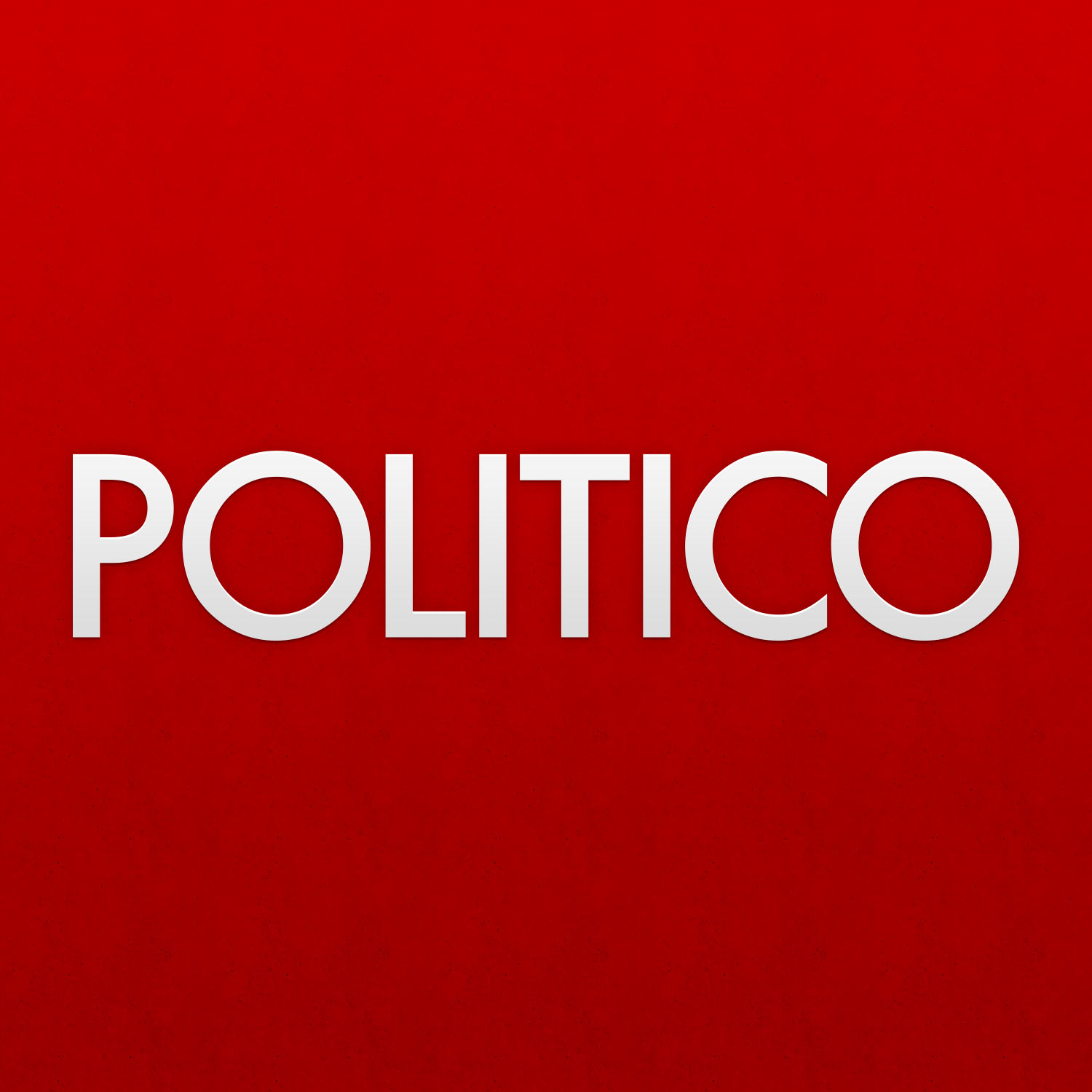The red wave wasn’t the only conspicuous no-show on Election Day.
The so-called rising tide of political disinformation — spotted by think tankers, journalists at outlets as varied as the Associated Press and the Guardian, and statesmen like Barack Obama — failed to break the shore. According to disinformation researchers speaking to the New York Times, disinfo artists, of whom there are plenty, failed to convince many that the election process is rigged and corrupt.
It wasn’t from a lack of trying. As the Times notes, conservative activist Charlie Kirk called for the arrest of Phoenix election workers for broken voting machines, claiming that the outages were deliberate. Donald Trump aired similar suspicions on his Truth Social. The day before the election, Reuters reported an admission by Russian oligarch Yevgeny Prigozhin that he had interfered in American elections and intended to do so again.
What can we glean from disinformation’s poor performance in 2022? Turn-out was very high, almost matching that of the last midterm election, which wouldn’t be the case if large numbers of voters thought the process is such a sham that they avoided the polls. Have social media companies gotten better at diluting disinformation? Have voters gotten wise to disinformation? Or have we been exaggerating the effects of disinformation ever since the 2016 election?
It’s probably a little bit of each. In a late 2019 paper, David Karpf, a George Washington University professor of media and public affairs, cut against the grain by downplaying the effects of Russian disinformation on the 2016 election. Disinformation deserves our attention, Karpf concluded, but not our obsession, and that the 2016 Russian efforts had been something of a flop. “Generating social media interactions is easy; mobilizing activists and persuading voters is hard,” he wrote.


